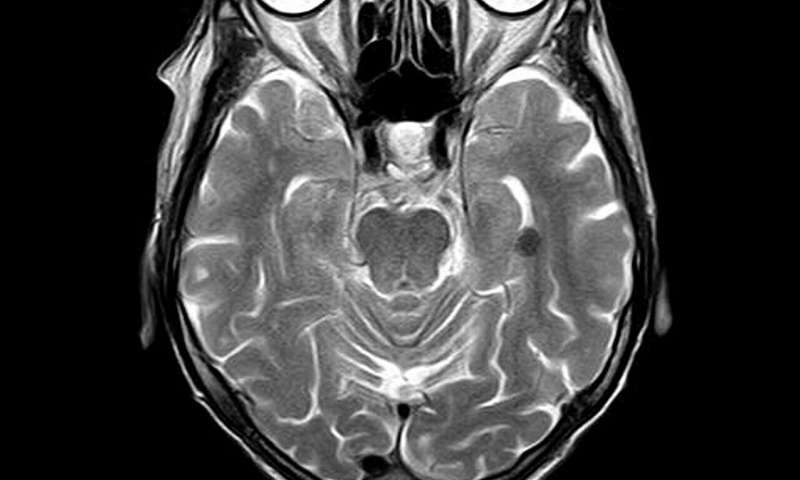

Life-course-persistent antisocial behaviour may be associated with differences in brain structure
 Advanced
Advanced
2020/08/19 15:09
1.exhibit (v)
to show something publicly
2. aggression (n)
spoken or physical behaviour that is threatening or involves harm to someone or something
3. scans (v)
to look at something carefully, with the eyes or with a machine, in order to get information
4. punitive (adj)
intended as a punishment
5. juvenile (adj)
relating to a young person who is not yet old enough to be considered an adult
6. robust (adj)
(of a person or animal) strong and healthy, or (of an object or system) strong and unlikely to break or fail
7. desists (v)
to stop doing something, especially something that someone else does not want you to do
Life-course-persistent antisocial behaviour may be associated with differences in brain structure

MRI brain scans suggest there are characteristic differences in brain structure of individuals who exhibit life-course-persistent antisocial behaviour.
Individuals who exhibit life-course-persistent antisocial behaviour—for example, stealing, aggression and violence, bullying, lying, or repeated failure to take care of work or school responsibilities—may have thinner cortex and smaller surface area in regions of the brain previously implicated in studies of antisocial behaviour more broadly, compared to individuals without antisocial behaviour, according to an observational study of 672 participants published in The Lancet Psychiatry journal.
However, there were no widespread structural brain abnormalities observed in a larger group of individuals who exhibited antisocial behaviour only during adolescence.
Previous epidemiological studies have demonstrated marked individual differences in the age of onset and duration of antisocial behaviour. Some individuals display life-course-persistent antisocial behaviour that begins in childhood and lasts into adulthood, whereas for others antisocial behaviour arises in adolescence but desists as they mature into adulthood.
Adolescents exhibiting life-course-persistent antisocial behaviour which began in childhood are often diagnosed with conduct disorder, and these children are at an increased risk for incarceration and poor physical and mental health later in life.
Co-author Terrie Moffitt, Duke University, USA, says: “Political approaches to juvenile offending often swing back and forth between punitive measures and approaches that give young offenders room to reform. Our findings support the need for different approaches for different offenders—however, we caution against brain imaging being used for screening, as the understanding of brain structure differences are not robust enough to be applied on an individual level.
Instead, we need to recognise that individual development can be one driver of serious repeat offending, but to also appreciate that this is not the case for all juvenile offenders.”
The authors call for more long-term studies of antisocial behaviour which include multiple measurements of behaviour, brain, genes, and environment to understand how life-course-persistent antisocial behaviour unfolds.
Resource: https://medicalxpress.com/news/2020-02-life-course-persistent-antisocial-behaviour-differences-brain.html

- What do the brains of antisocial people have that is different?
- Researchers looked at records of people’s antisocial behavior from as early as what age?
- Who is Terrie Moffitt?
- Do you think brain size affects behaviour?
“When people complain of your complexity, they fail to remember that they made fun of your simplicity.”
Michael Bassey Johnson



